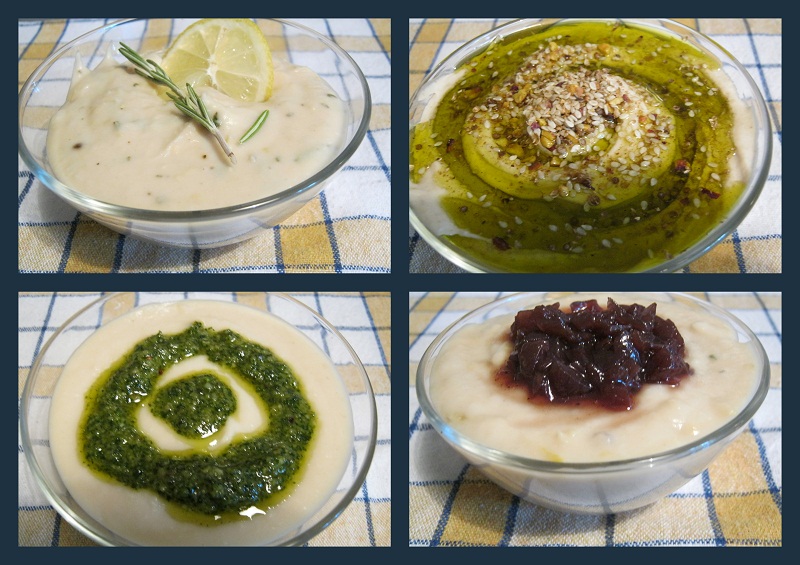Well behaved pastry that doesnt need pre-chilling or rolling. You can substitute water for wine.
 I remember the first time I tried an olive oil pastry…I was a student and keen on experimentation. There wasn’t much extra virgin around in those days and back in the kitchen I created oily crumbs which when pressed into a tart tin promptly fell apart and tasted faintly rancid. I relegated the idea but always hoped I would find a recipe that worked.
I remember the first time I tried an olive oil pastry…I was a student and keen on experimentation. There wasn’t much extra virgin around in those days and back in the kitchen I created oily crumbs which when pressed into a tart tin promptly fell apart and tasted faintly rancid. I relegated the idea but always hoped I would find a recipe that worked.
Fast forward a year or two well Ok then a few decades…and I started tinkering around with flours and quantities and here is a recipe that is my absolute Go To for quiches. Its so clever because you dont actually need to roll it out, nor do you need to chill it and relax it you just press it into the tin as if pressing modelling clay. It is also so well behaved it never bubbles up or shrinks like regular butter based pastries can.
Ingredients
This will line a deep (4cm) 20cm quiche ring so if you have a regular slightly less deep flan tin you will have a little left over – freeze it.
175g Wholemeal flour (adds flavour)
75g polenta (adds crunch)
100ml white wine (water is fine)
80ml fruity extra virgin olive oil (it does imbue some taste so I think its worth it)
a pinch of salt if you must
1 tablespoon of poppy seeds (not essential but makes it look special)
1 egg beaten with a fork and a pastry brush
How To
Measure the oil and water/wine. Use just one measuring container and do some maths. Excess washing up is bad – bad for you and bad for the planet. I always like how the oil floats on the water…I know its nerdy but I like it.
Put all the ingredients in a bowl together and mix with a knife until a solid soft ball is formed. Yes thats right that is all there is to it! Unless you want your pastry to have the texture of shoe leather don’t over mix it.
Press the pastry into your tin gradually working from the centre out so the pastry is one thickness. make sure the rim is not paper thin using your thumb to tap it down a little.
Preparing for the Tart Filling – Blind Baking
Scrunch up a piece of baking paper (it needs to become softer and pliable)
Fill with ceramic baking beans if you own them, a mix of beans, rice and grain as I prefer or salt (which works well but if spilt makes your tart really really salty so I avoid it).
Bake for 20 minutes at 180C
Remove the beans
paint the inside with the egg – you just waterproofed the tart case to prevent a soggy bottom and we don’t want any of those
Bake again for 10 minutes
Leave to cool, fill with your chosen filling and bake gently until the filling is cooked.





 ….with Tahini and Dukkah, with Pesto, with Red Onion Marmalade, with Rosemary & Lemon and as healthy mash!
….with Tahini and Dukkah, with Pesto, with Red Onion Marmalade, with Rosemary & Lemon and as healthy mash!